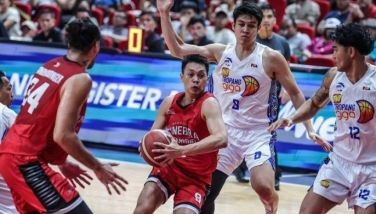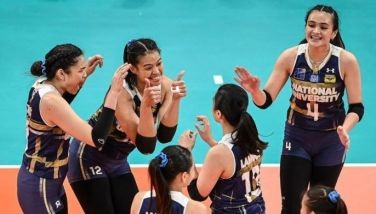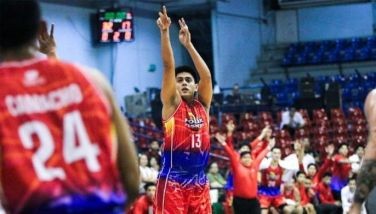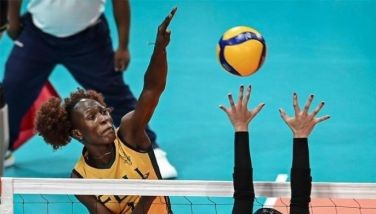A rule worth reviewing
The Maharlika Pilipinas Basketball League (MPBL) issued a new rule limiting the eligibility of Filipino-foreign players allowed to play in the league. Only one mixed-race Filipino no more than 6’4” will be permitted per team. Naturally, this reaped criticism from many sectors, particularly players impacted by the regulation. ASEAN Basketball League champion Ray Parks Jr. and collegiate standout Abu Tratter were among the loudest dissenting voices.
Let’s be clear: the MPBL is a private league and is entitled to enact its own rules, as long as those rules don’t violate the laws of the land. Also, the rules should – on paper, at least – be in consonance with its supposed goals, the development of grassroots basketball, and so on. There shouldn’t be a problem even if the qualifications vary from tournament to tournament to add variety and excitement to the games. The question now is where those rules lie in relation to standing laws.
According to international law, one is entitled to the citizenship of his or her place of birth (jus soli or birthright citizenship) and / or the citizenship of either parent (the principle of jus sanguinis, citizenship by blood). Therefore, Filipino-foreign players who were born in the Philippines or who were born having one parent of Filipino citizenship automatically qualify, and are therefore entitled to all the rights of a Filipino citizen. In this regard, a birth certificate or passport should be an adequate document of proof. Therefore, in theory, Fil-foreign players who pass this requirement, regardless of their size, should be allowed to play in the league, because they are Filipino citizens.
In the PBA, if a player has one parent who is a Filipino citizen at the time of his birth, he is qualified to play. Both the UAAP and NCAA have similar rules. This new MPBL rule is particularly galling for Parks Jr., who has played for the national team Gilas Pilipinas, and has received two ABL Most Valuable Player awards as best local player for San Miguel Beer Alab Pilipinas. The annoying question for him and others in a similar situation is what else must he do to assert his Filipino citizenship, which is, frankly, a given. This writer was born in the US to a Filipino mother and American father. I’ve been in the Philippines since I was two months old. I have a Filipino passport. I have never had to prove to anyone that I am a Filipino. I can’t imagine how it must feel for Parks and company.
To some, the cap on the number and size of Fil-Am players sends two unwelcome messages. It says that they are not entitled to the same rights as those born with not just one, but two Filipino parents, which is unfair, since it was not their choice and it isn’t something they can “fix”. They can’t become “more” Filipino; they already are. That’s why the rule appears discriminatory. It can also be interpreted as restraint of trade, meaning it prevents them from making a living doing what they know. They are basketball players, and the rule limits their opportunity to play. Legally, they could argue that the rule curtails their right to earn income and feed their families. The size limitation is a further restraint. After all, no one can get shorter, and there are no restraints against homegrown players.
It is noble to protect the interest of homegrown players, truly. But on the other side of the coin, won’t this rule stunt their development in the first place? If they aspire for greater things, won’t it be to their benefit to face the toughest opponents possible? Everywhere else they go, there won’t be limits on competition. Why start now? In the long run, it won’t benefit the players at all. They may even be shell-shocked when they finally face top-calibre competition. There is no doubt college players got better competing with imports. Many places do not afford access to the best training. The next best thing would be to experience – firsthand – players who’ve had it. How many players will learn to get better by playing with and against strong Fil-Ams?
The rule may also be a precaution against a feeding frenzy for the best Fil-foreign talent. As we all know policing the salary cap is nearly impossible in any league, much more in a league with teams spread over a larger geographical area. There could be a bidding war for great Fil-Am talent. And if they are paid transportation allowances, practice allowances, loans, endorsement fees, consultancy fees or bonuses on top of their salaries, who can stop it? In that sense, the rule could be interpreted as a preventive measure, though it would seem a stretch to look at it that way. It is also a protective measure against the proliferation of fake Fil-Ams, an issue that has dogged Philippine basketball for the last 20 years.
In summary, Filipino-foreign players who can prove their lineage deserve to play as Filipinos.
- Latest
- Trending




























